P915 MEDUSA
Overview
固定フィルターバンクの意図は、シンセサイザーの主信号を強化し、特定の周波数で倍音を加えたり、他の周波数で倍音を取り除いたりすることでした。自分自身や聴衆を新しい音楽体験の世界に押し出すために、まったく新しい、今までに聴いたことのない音の風景を求める人もいました。また、より伝統的でなじみのあるサウンドを作りたい人もいれば、従来の “アンプラグド “楽器にはない新しい電圧コントロールや機能、キャラクターを活用しながら、限界に挑戦したい人もいました。その両方を求める人もいました。
新たに生まれ変わったP915 MEDUSA Fixed Filter Bankの登場です。このフィルターは、信号に微妙なレゾナンスを加えたり、周波数帯域を完全に取り除いたりします。このプロセスは、そのままの “ドライ “信号とミックスすることで、伝統的な楽器の実際の動作を模倣することができます。また、他のフィルター構造では得られないユニークで創造的なサウンド・シェイピングの可能性の源として、単独で機能することもできます。
915のいくつかのハードウェアクローンが、主にアクティブフィルター設計構造に基づいて発表された。915のオリジナル構造は、フィルターセルにシンプルなインダクター、コンデンサー、抵抗を使用しており、半導体の不毛な世界では微妙な相互作用が失われていました。しかし、オリジナルの構造に基づいた設計を追求することを懇願していたのです。インダクターの調達先を見つけ、回路図を精査し、コピーによる回路図の誤りを排除し、回路基板を設計し、その結果、ムーグがオリジナルの取扱説明書に掲載したオリジナルのレスポンスを極めて正確かつ忠実にコピーすることができました。
確かなハードウェアバージョンを手にしたことで、ソフトウェア・モデルを開始することができました。ハードウェアの入念な特性評価と測定に加え、2段設計のムーグFFB独自の構造を維持したソフトウェア・モデルにより、オリジナルに忠実なソフトウェア・モデルが完成しました。各セルの出力を左チャンネルまたは右チャンネルのいずれかに向けることができるなど、いくつかの追加機能を追加することで、フィルターの魅力、実用性、個性をさらに高める可能性が広がります。
P915のデザイン、実装、品質管理は、Analogue Realities社のDavid Ingebretsen氏とのコラボレーションによって行われました。 P915 MEDUSAは、簡単に言えば、Inductor 915 Fixed Filter Bankを、機能性、使いやすさ、パフォーマンスにおいて、次のレベルへと昇華させた、綿密で的確な実装です。
Videos
Features
- 14種類のヴィンテージスタイルの固定周波数インダクターベースフィルターを搭載
- LPとHPのシェルフフィルターがある。
- 125Hzから5.8kHzまでの12種類のバンド・パス・フィルターがハーフオクターブ間隔で設定されています
- オプションで、左チャンネル用に2つの6バンドフィルター(175Hz、350Hz、700Hz、1.4kHz、2.8kHz、5.6kHz+ローパス)、右チャンネル用に交互の6バンド(125Hz、250Hz、500Hz、1kHz、2kHz、4kHz+ハイパス)に分割できます。これは非常に音楽的なスプリットで、オクターブ間隔で2つの固定フィルターバンクとして機能し、右チャンネルは左チャンネルに対してハーフオクターブオフセットされます。
- Wet-Dryクロスフェーダーは、処理された信号とドライまたは外部信号をミックスします。
- ゼロレイテンシー
- macOS: AU、AAX、VST3フォーマット
- Windows VST3、AAXフォーマット
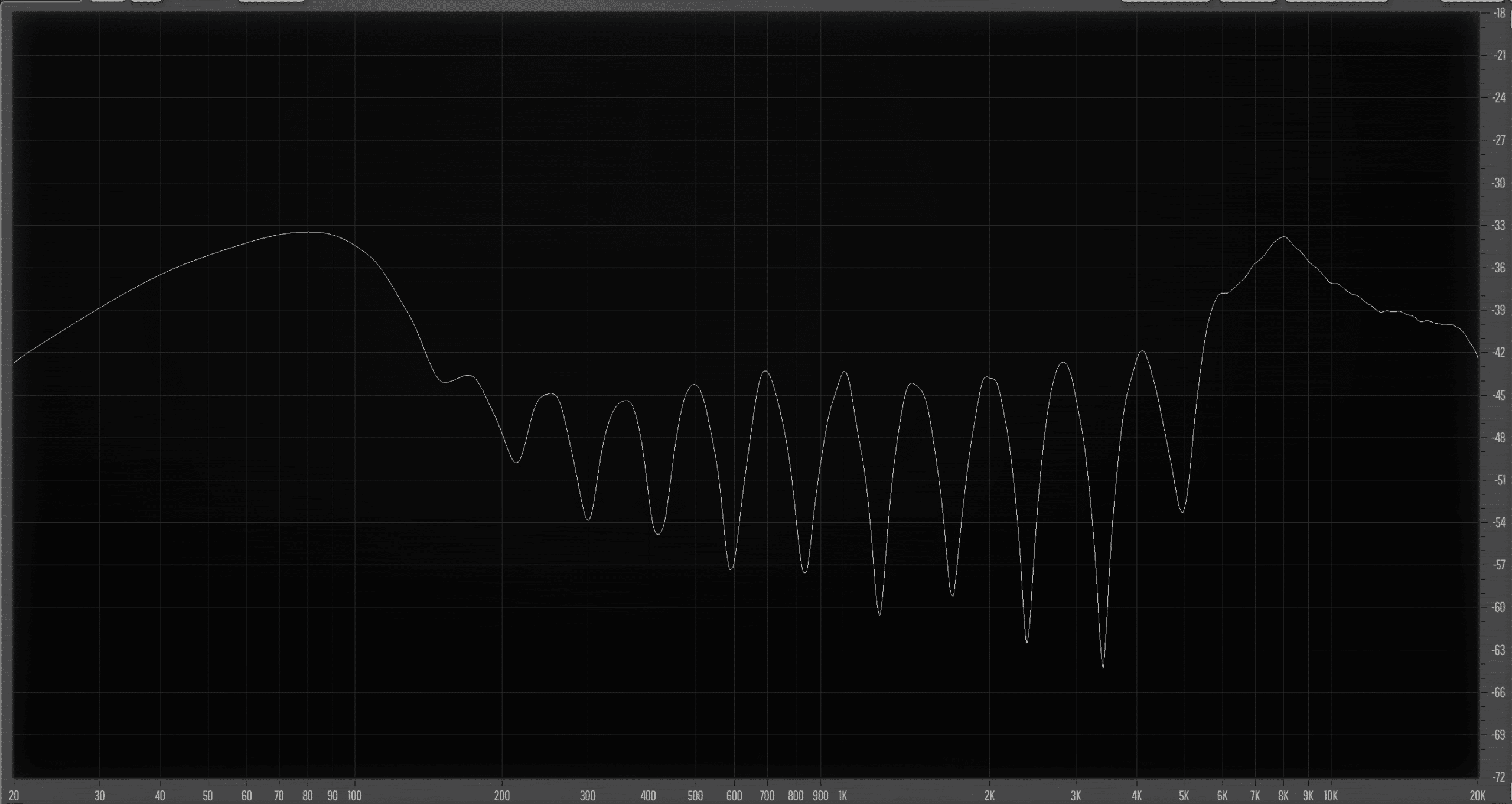
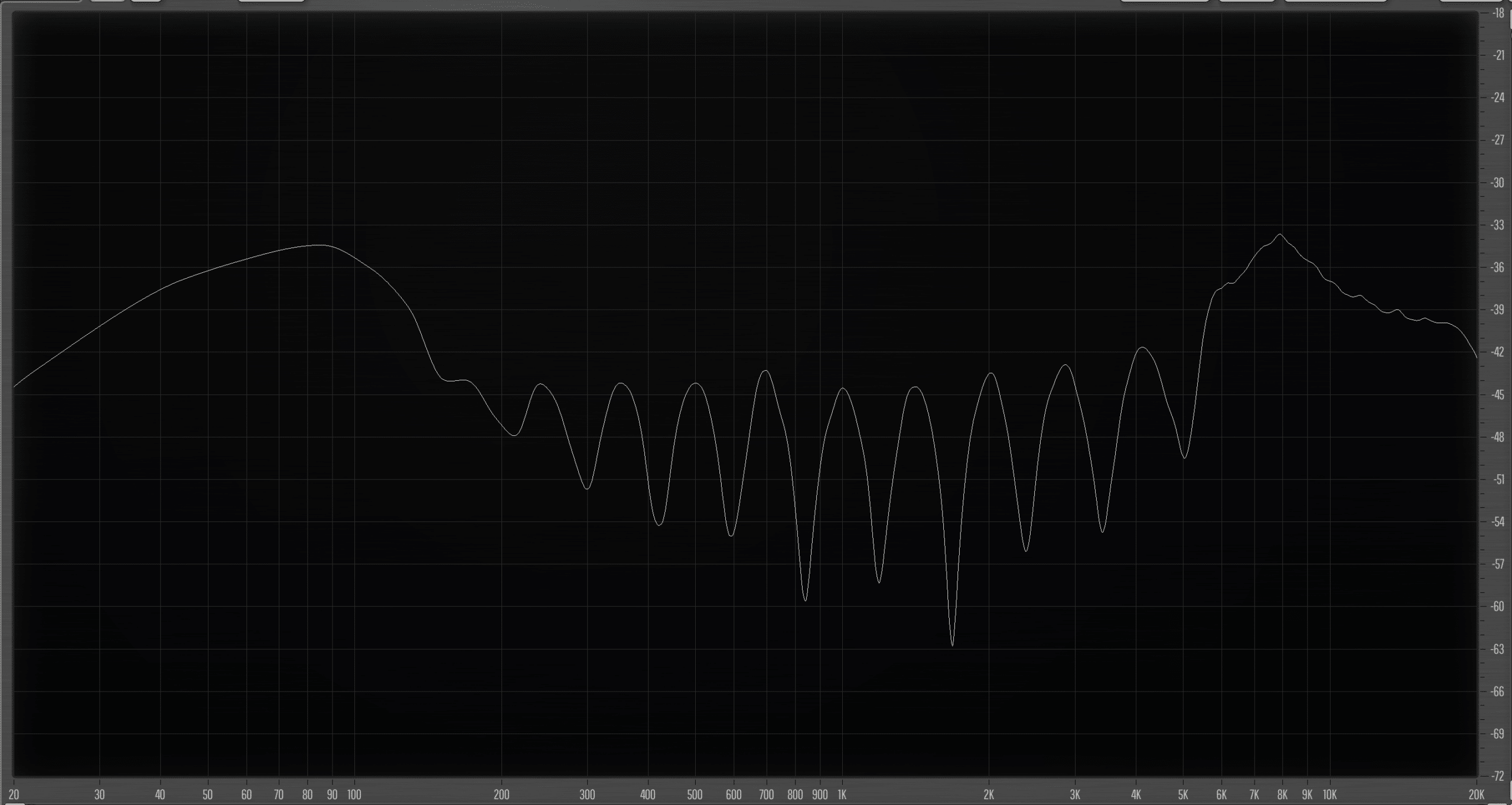
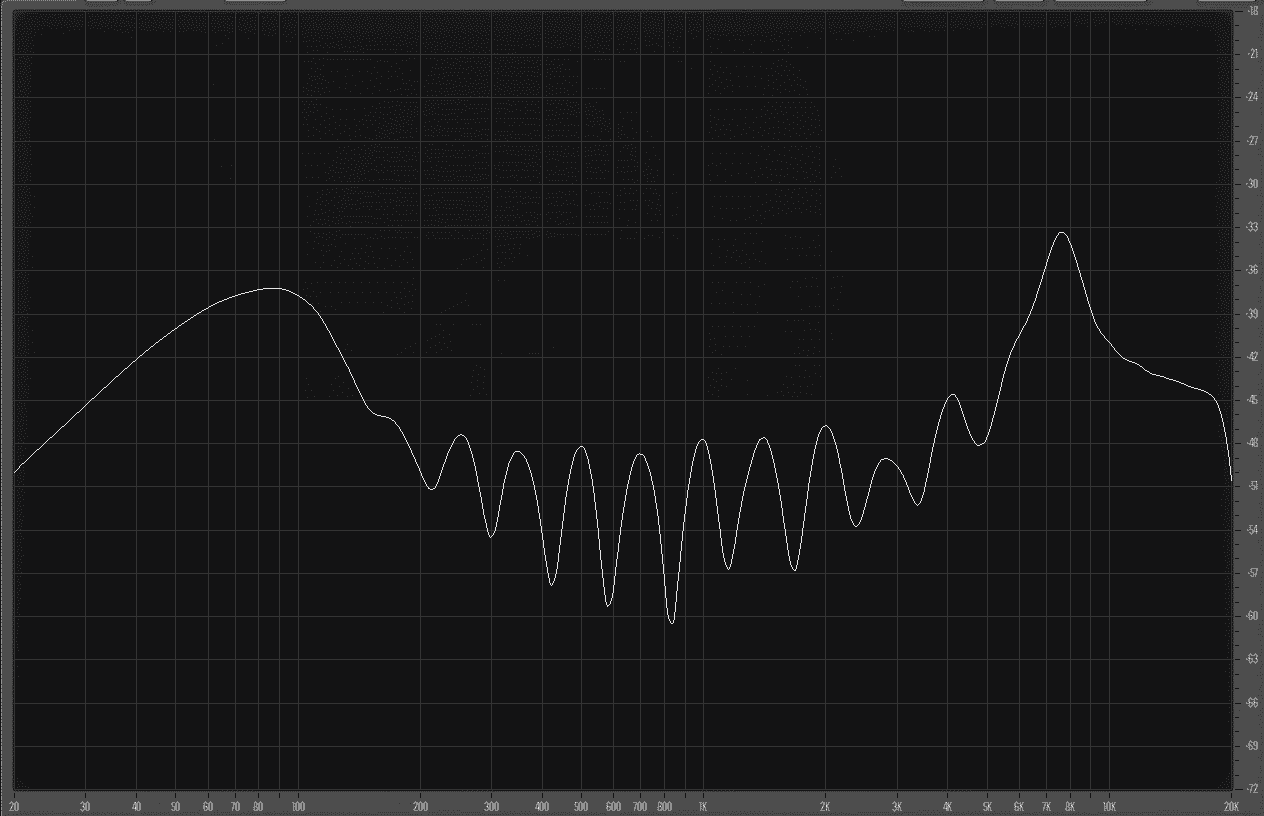
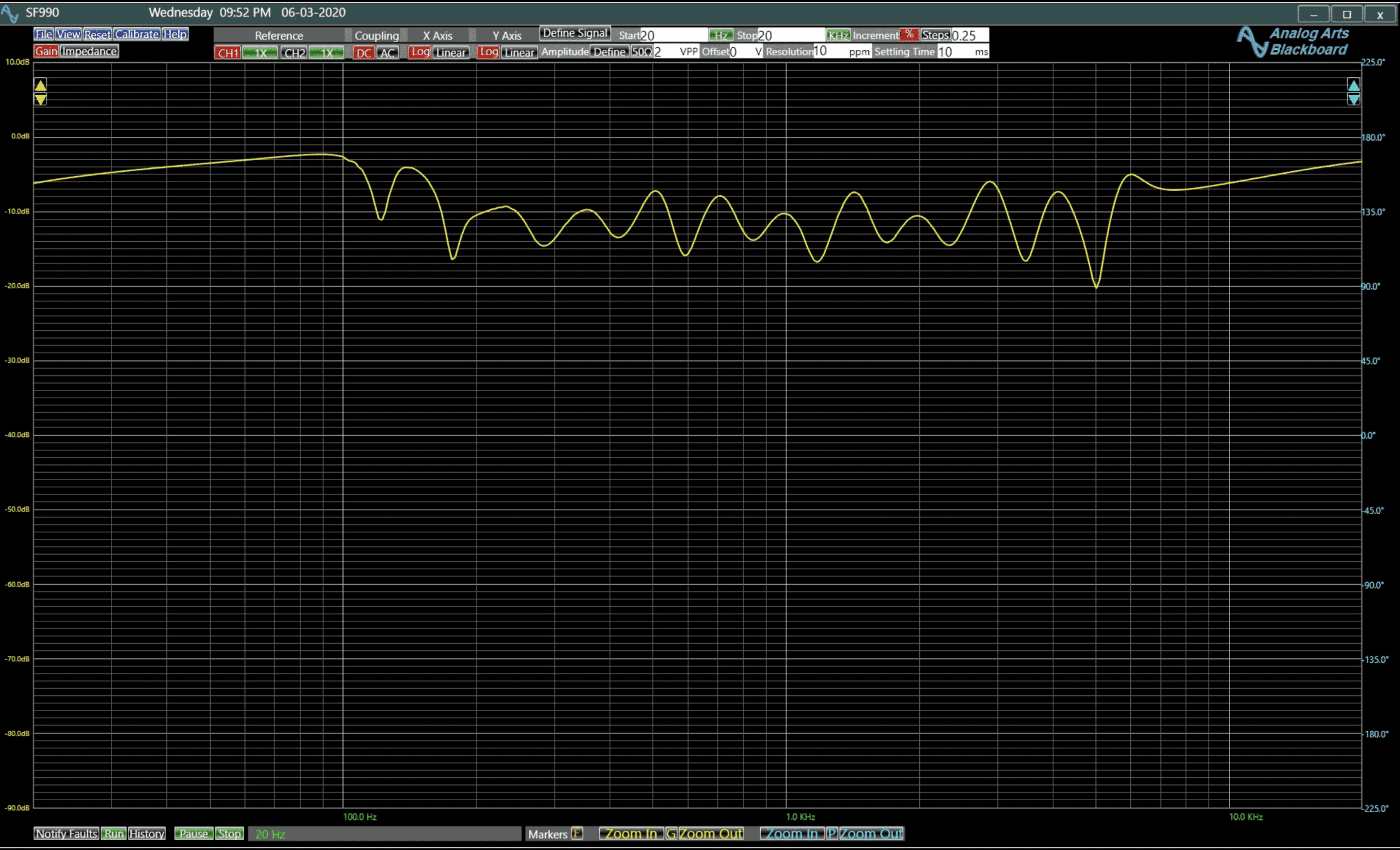
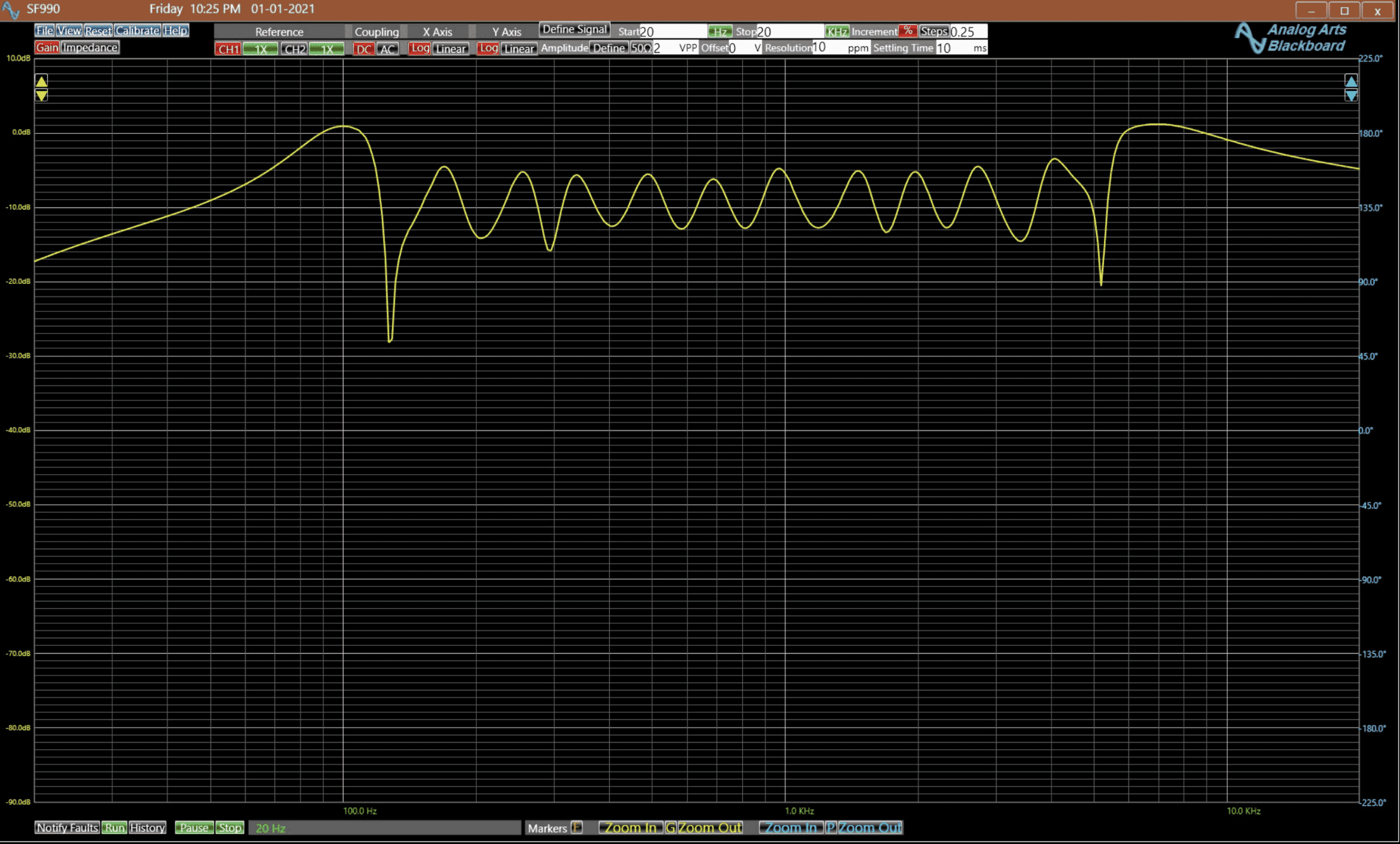
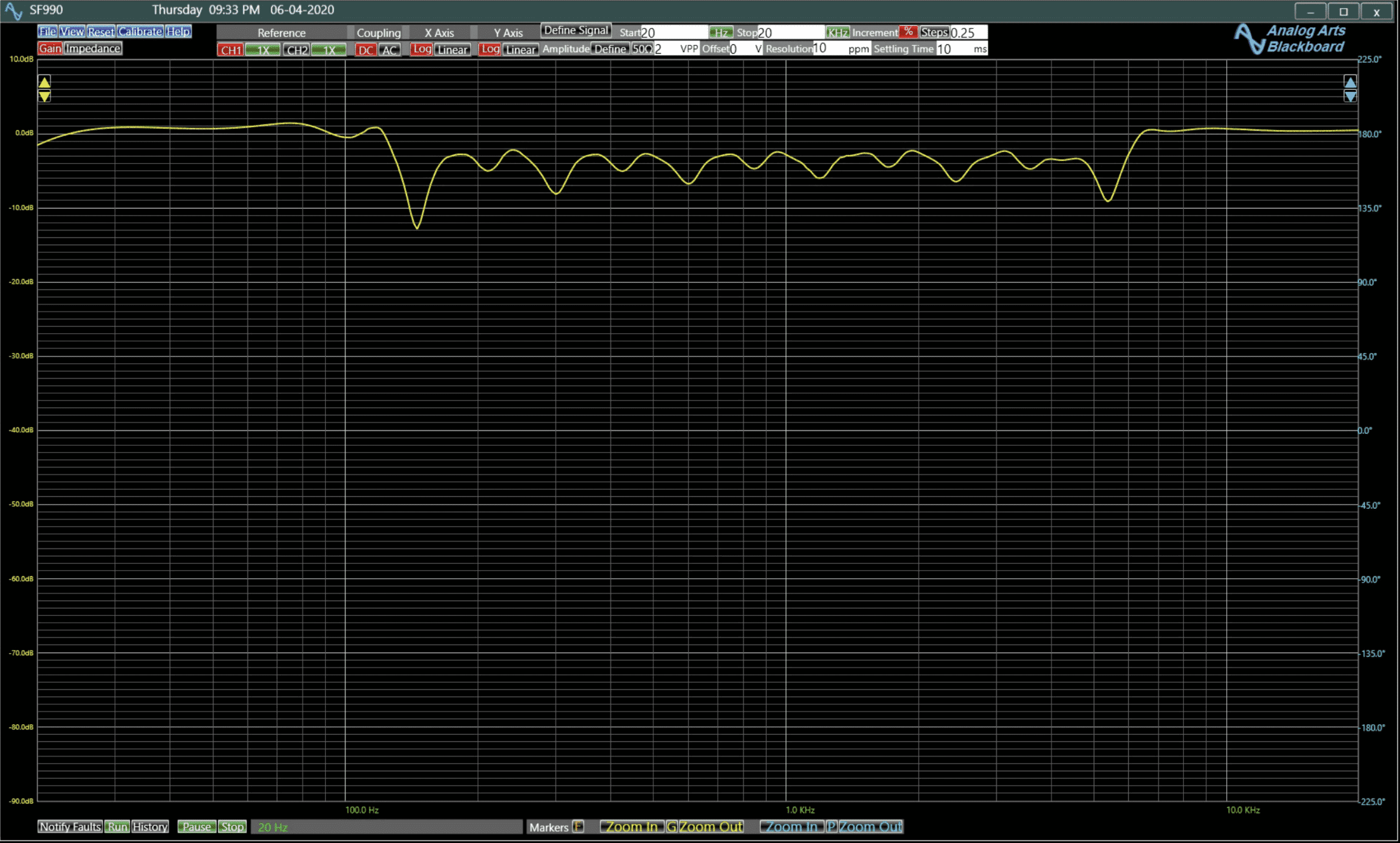
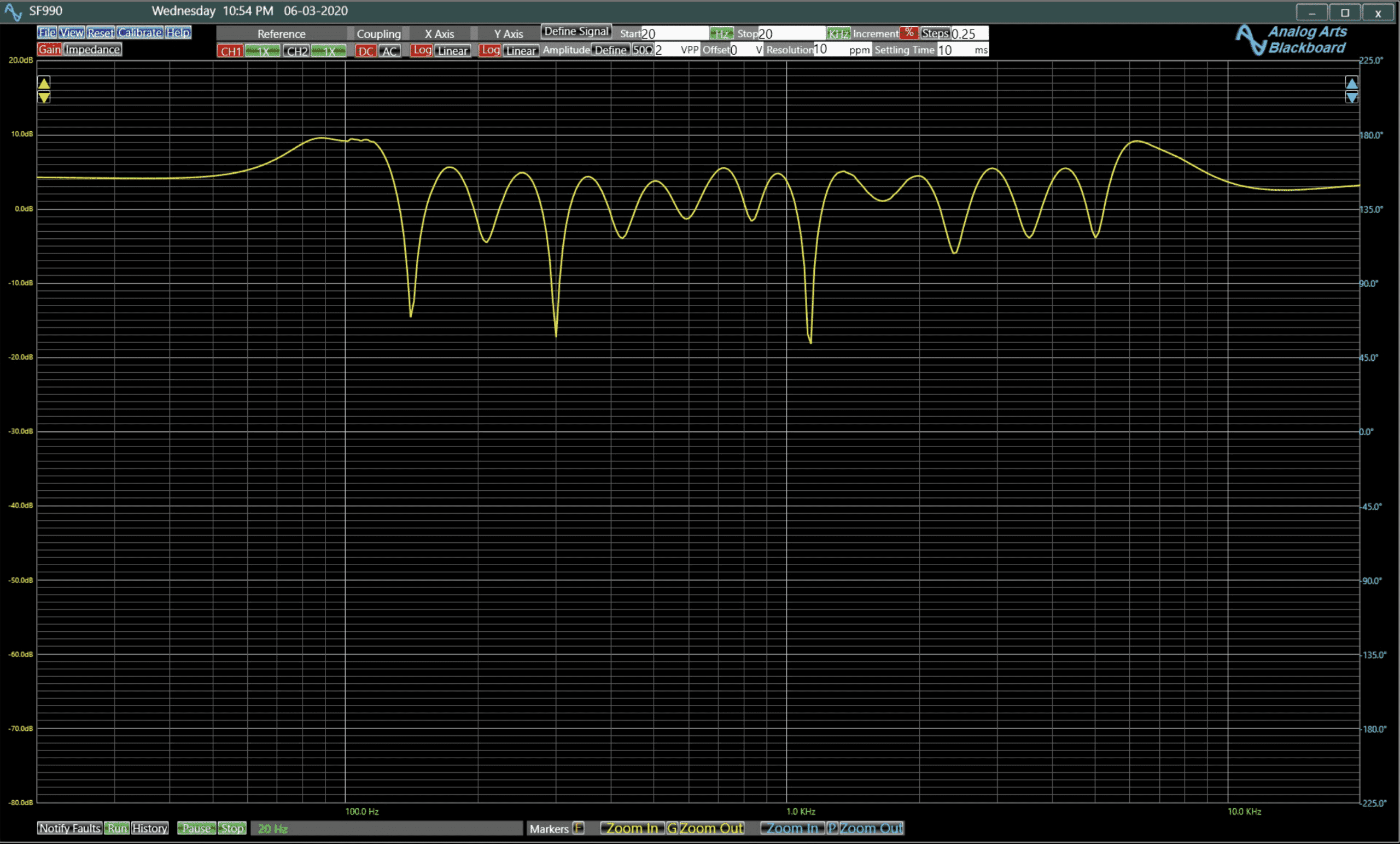
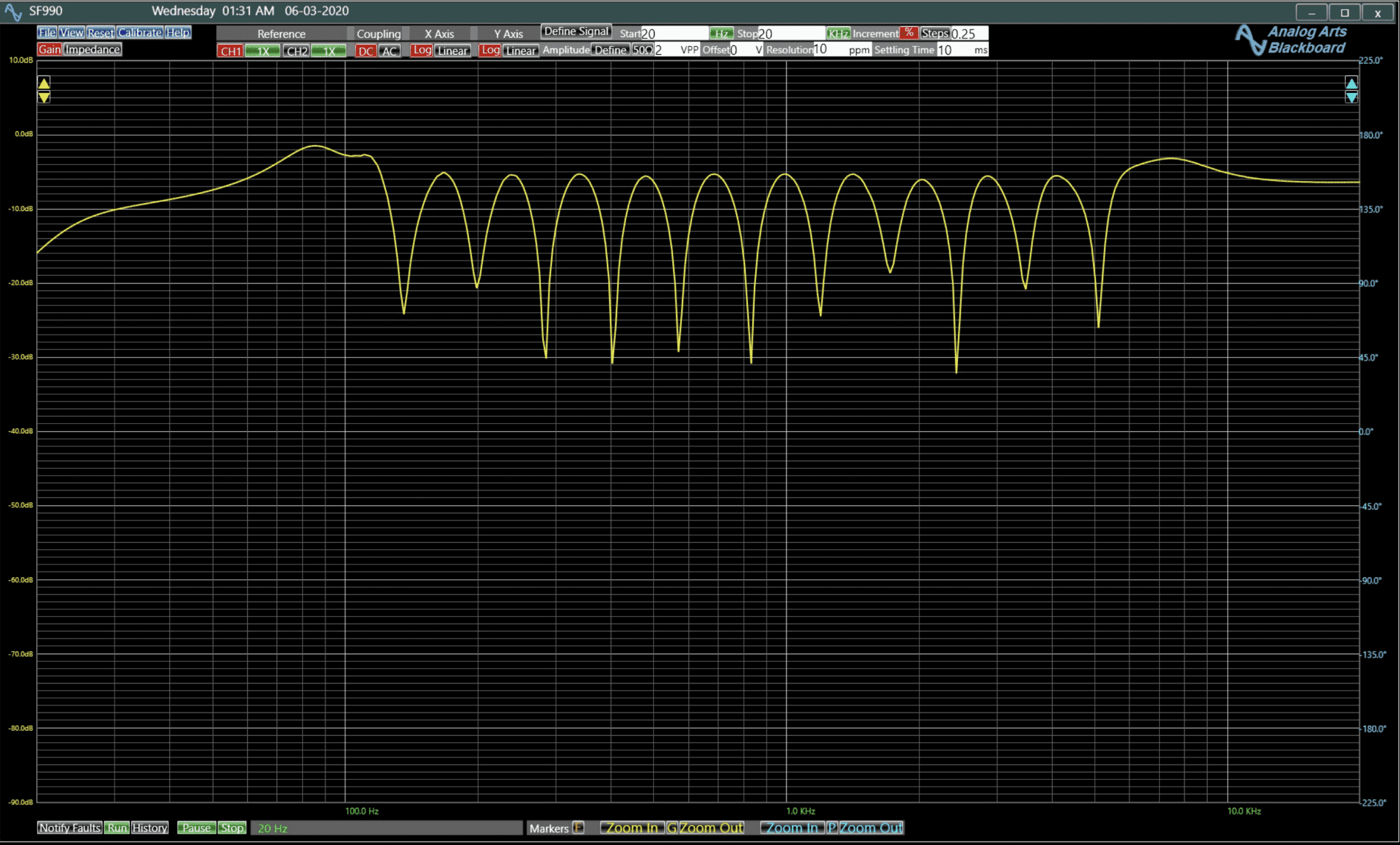
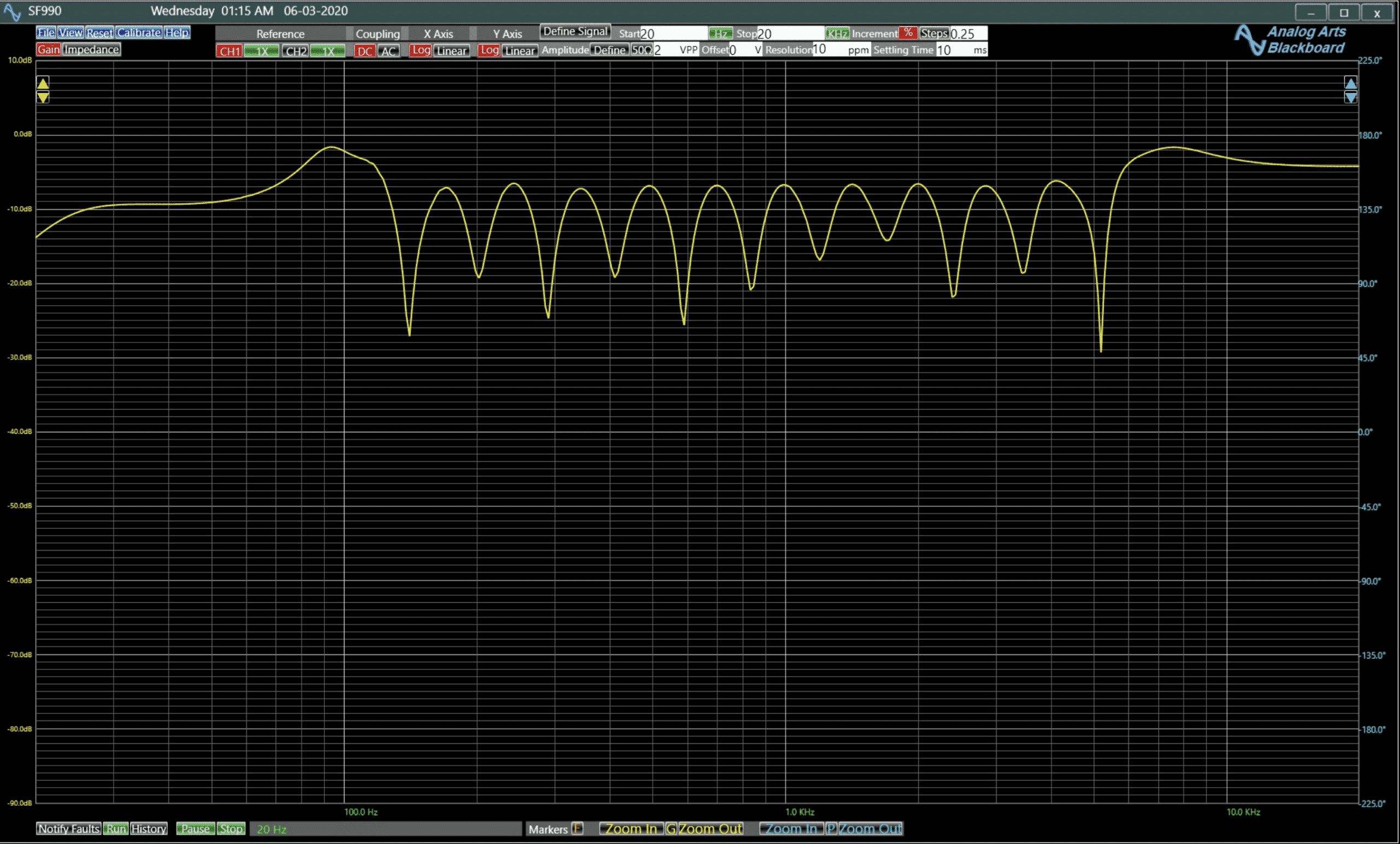
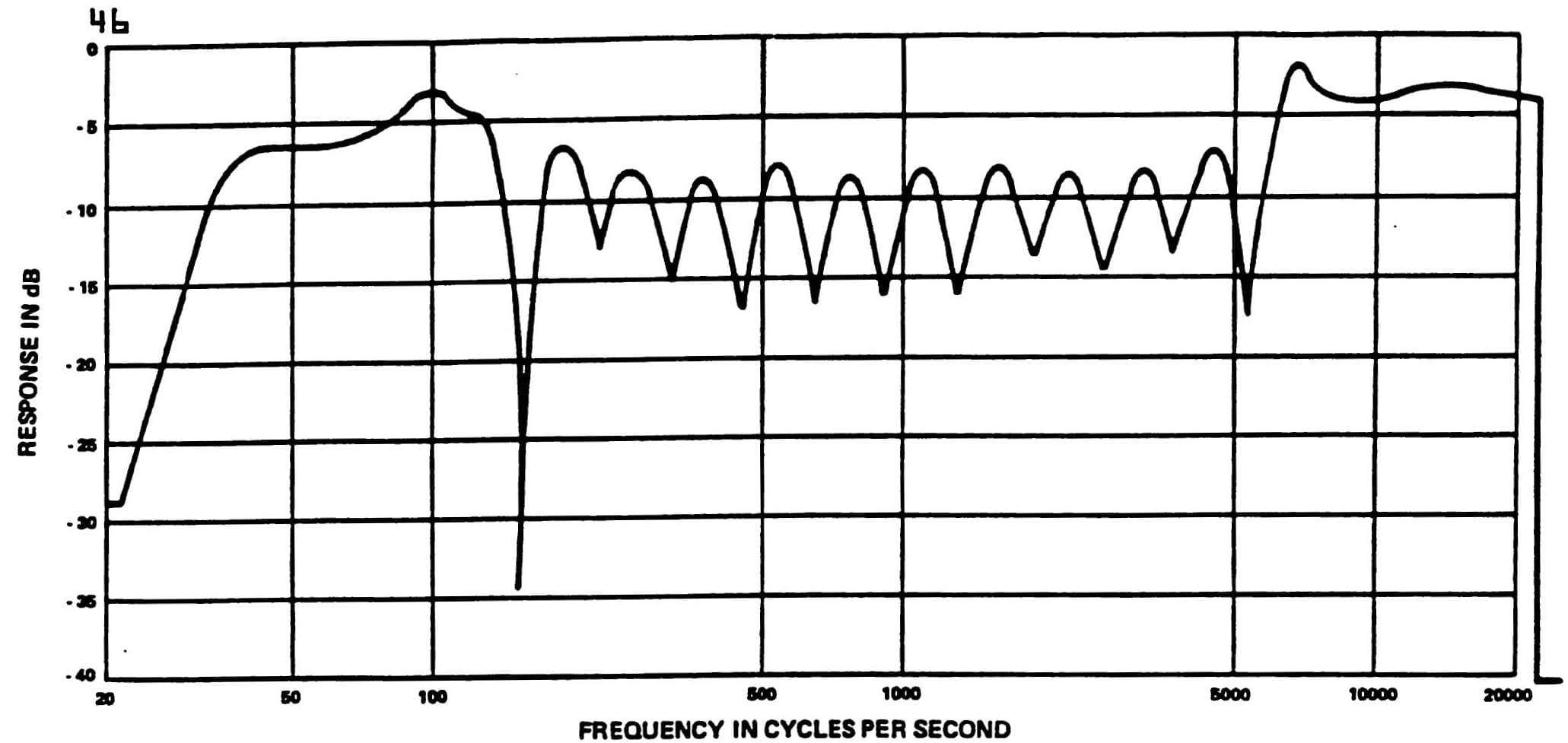
Audio Examples
Artist Reviews
Specification
Supported Plugin Formats
AU, VST3, AAX (Apple Silicon ready).
Supported Operating Systems
macOS 10.14+
Windows 7+
Mac
Apple Silicon M1 Native and Intel CPU (Universal 2 Binary)
PC
x64-compatible CPU
System Requirements
Display resolution: 1440 × 900px or 1280 × 960px or higher
Memory: 2 GB RAM
Copy Protection
A one-time challenge & response over the internet. License works on up two separate machines.
Downloads
MP MIDI model 2A Controller Preset
Latest User Guide
For previously authorized computers

40-Day Free Demo
2台のコンピュータ上で40日間のフル機能トライアルを実行できます。トライアルを開始するには、下にある黄色い「DEMO」ボタンを押して、チェックアウトを完了します。メールで送られてくる指示に従ってください。ドングルは必要ありません。




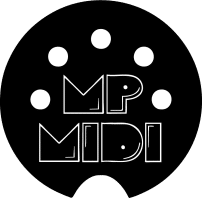


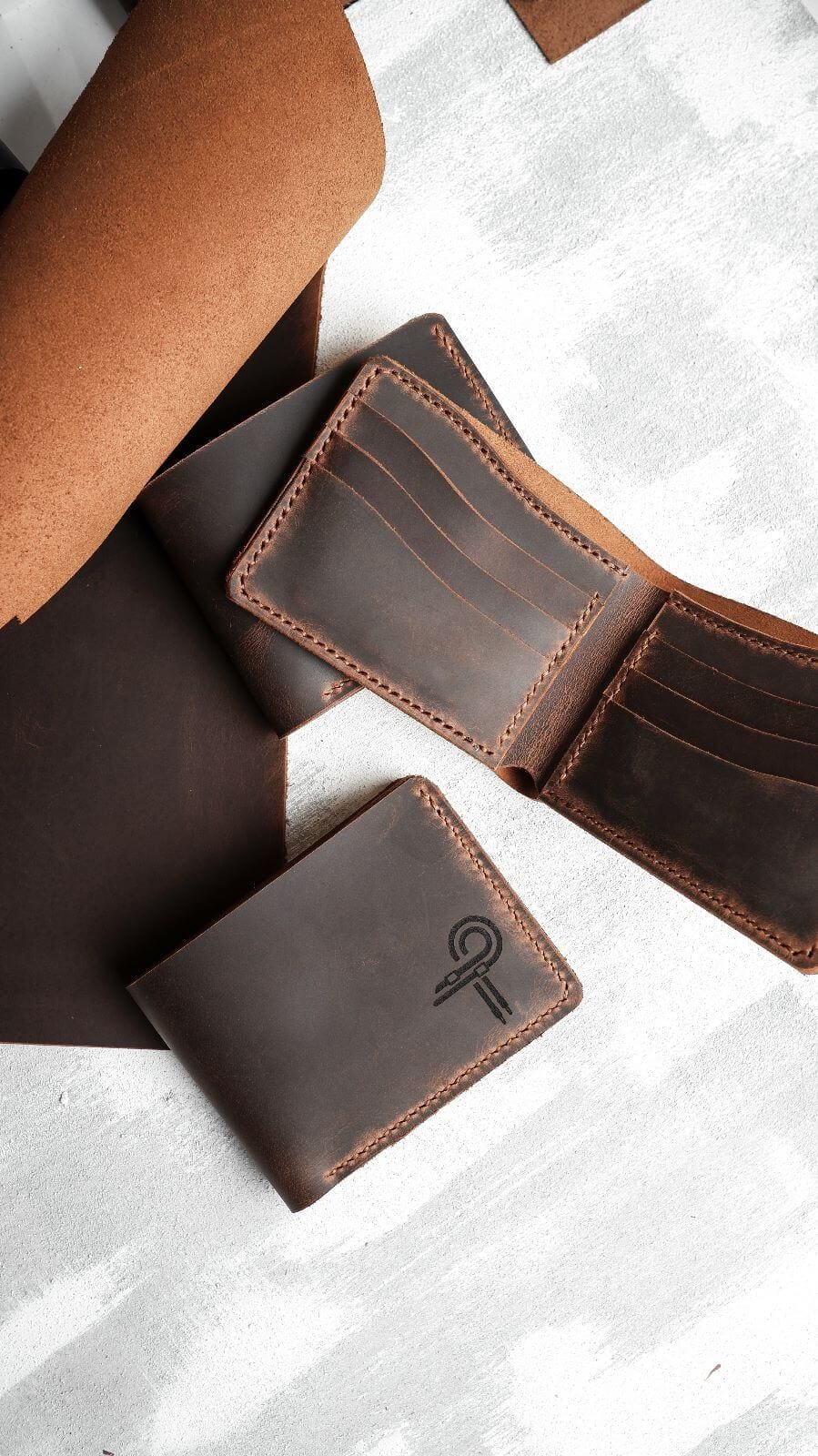
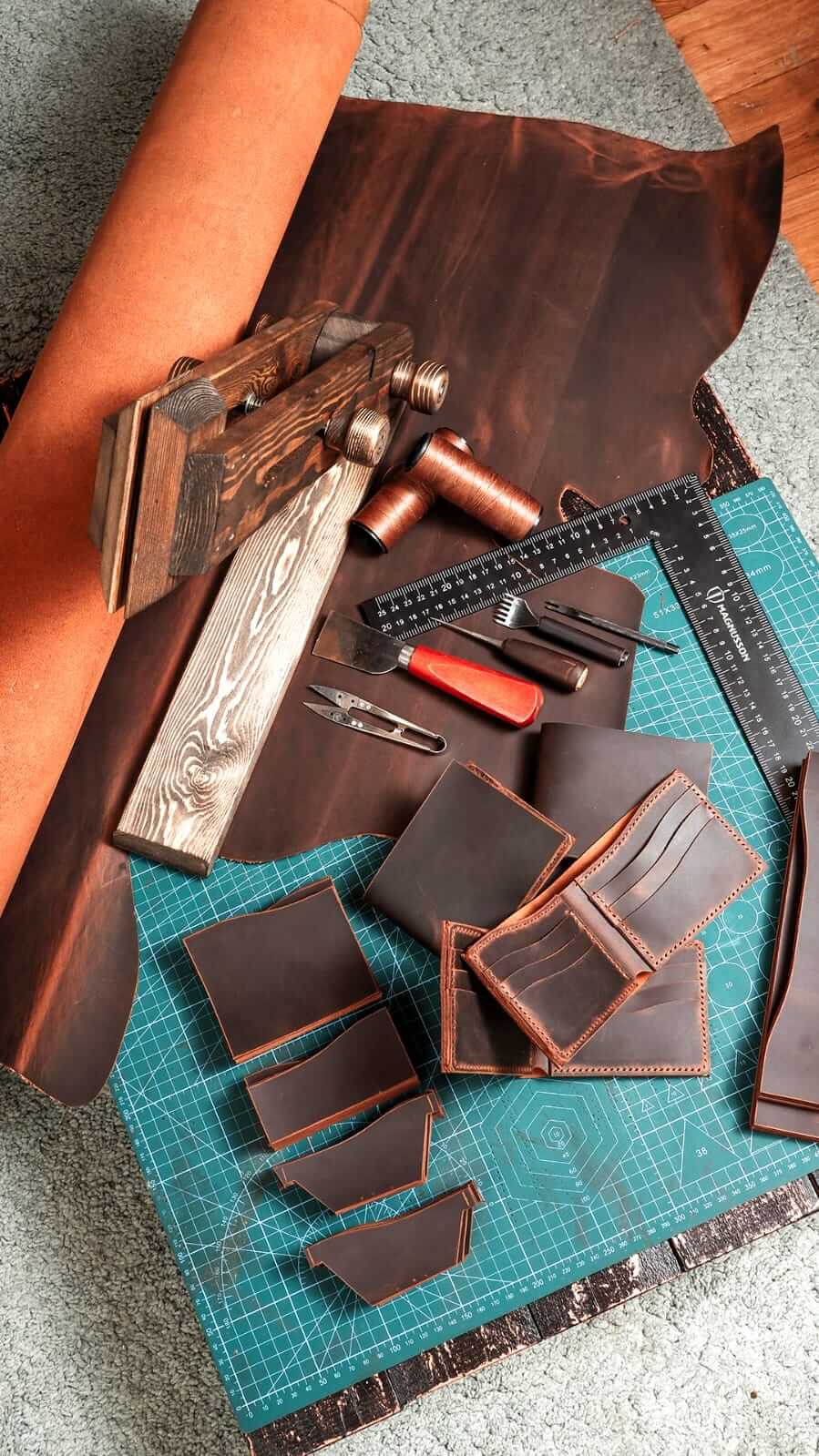
P915 MEDUSA に対するレビュー21件
There are no reviews yet